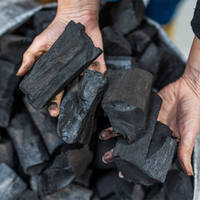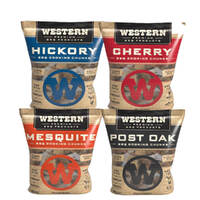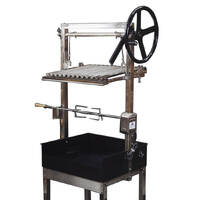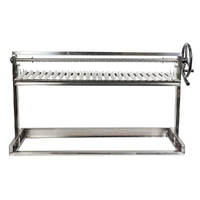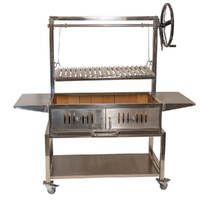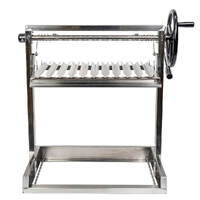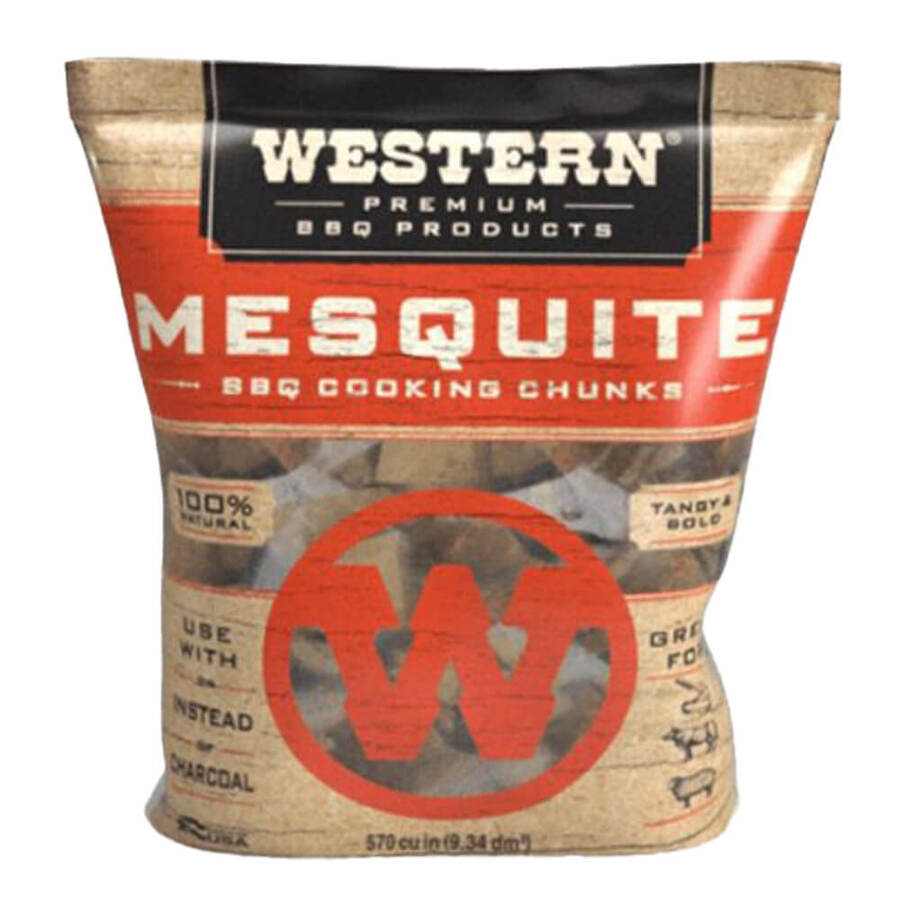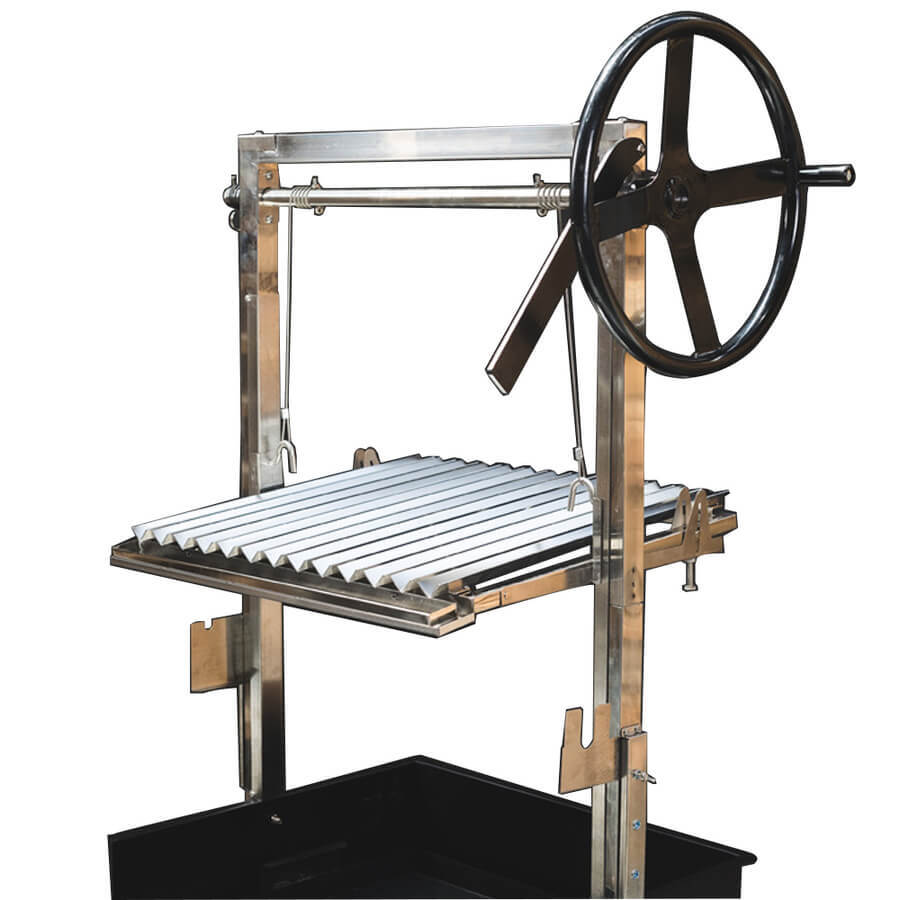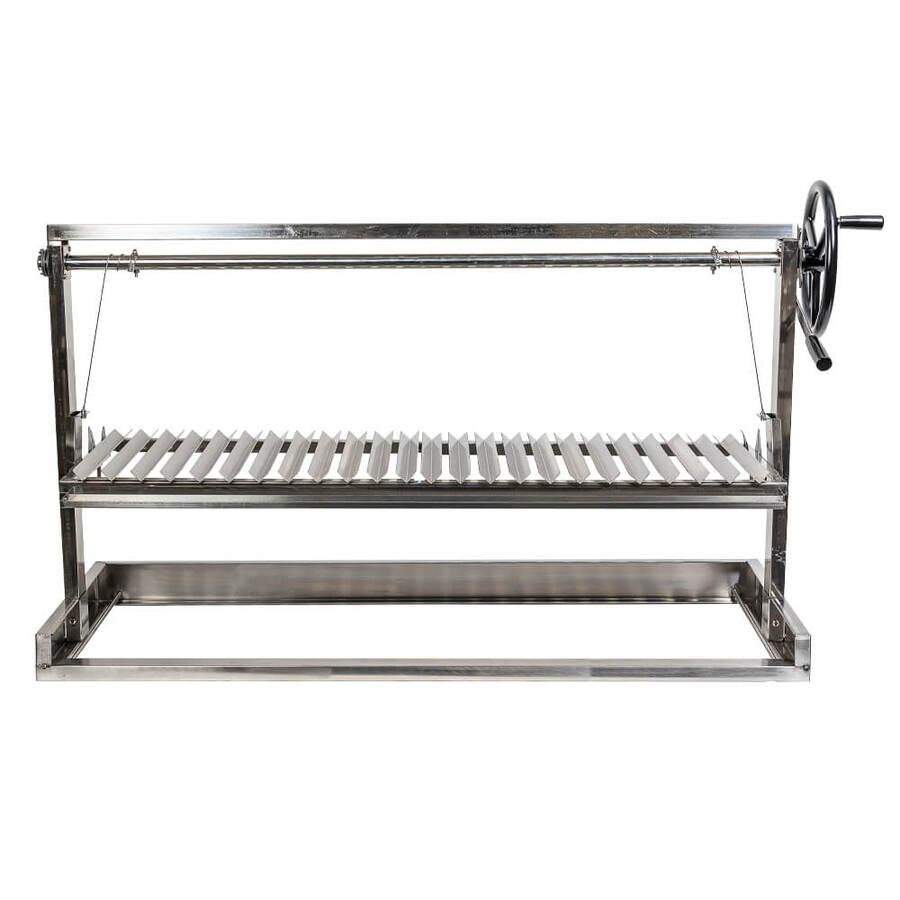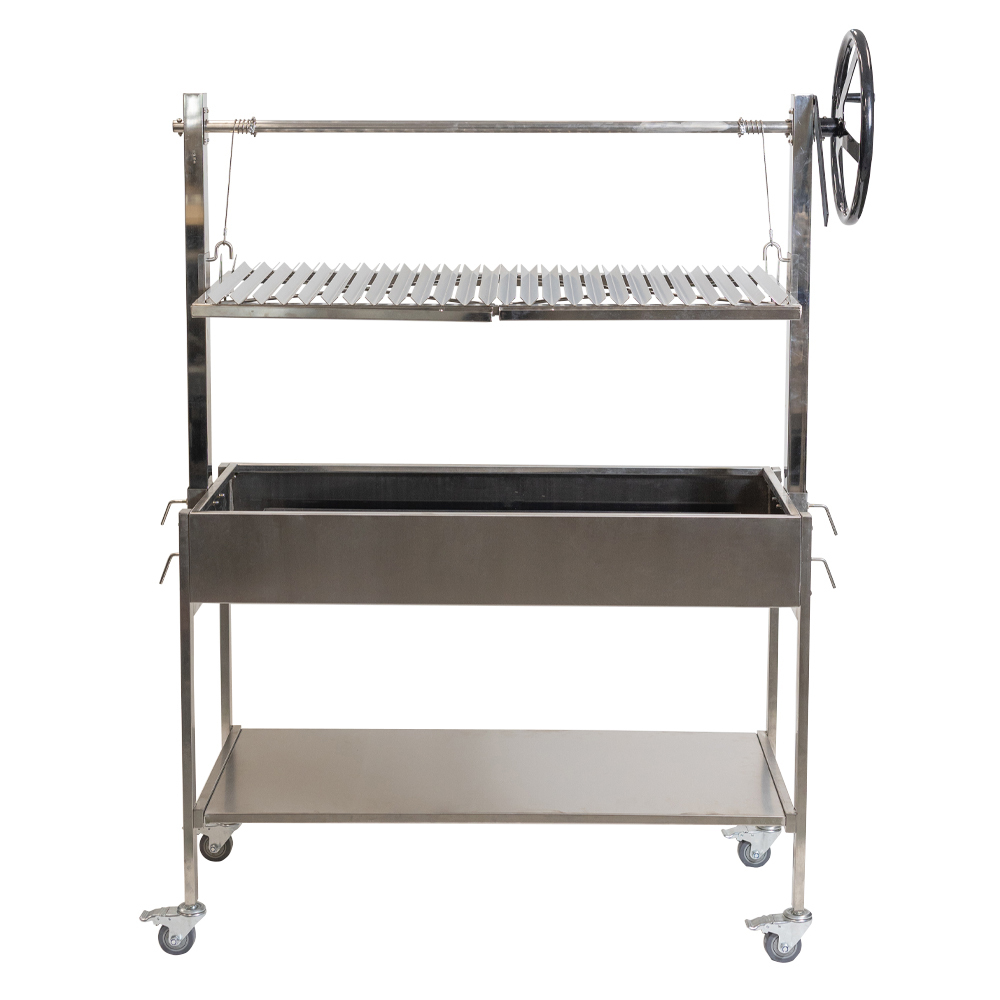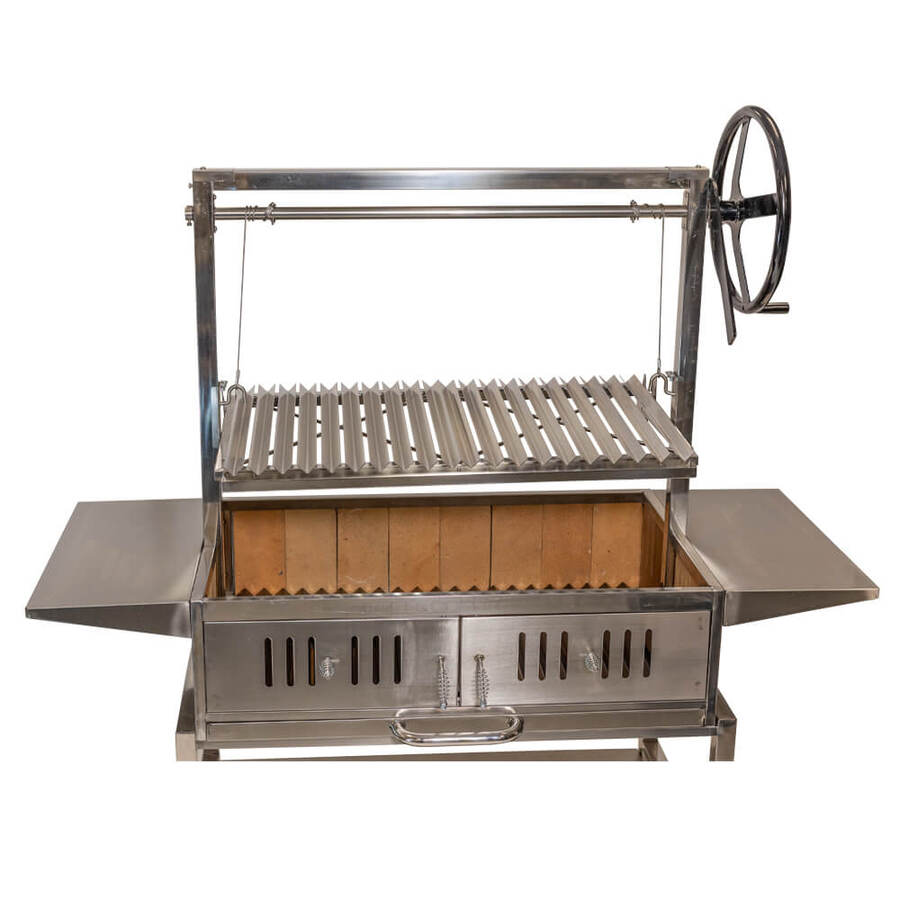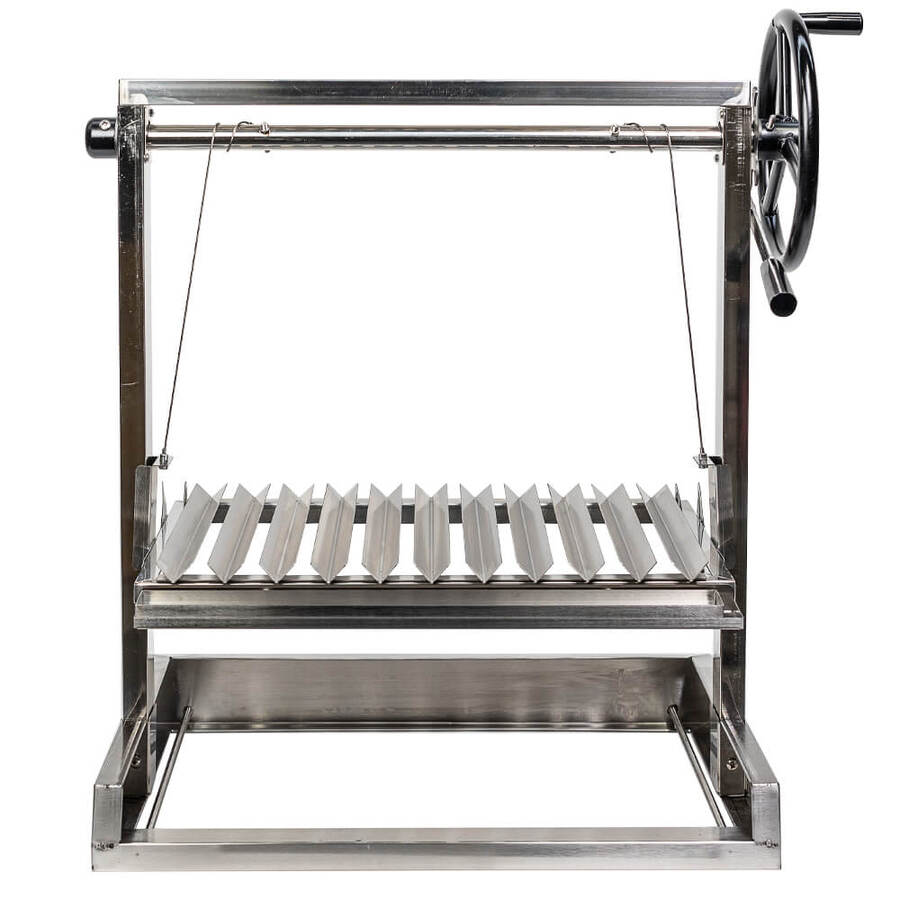Everything you need to know about Parrilla Style BBQs
.jpg)
If you're a fan of grilling, you might be familiar with the different styles of BBQ from around the world. One of the most popular styles is the Parrilla Style BBQ. Originating from South America, Parrilla Style BBQs are known for their unique cooking techniques and distinct flavours. In this blog post, we'll explore everything you need to know about Parrilla Style BBQs, from its history to popular recipes.
I. Introduction
A. Explanation of Parrilla Style BBQs
Parrilla Style BBQs refer to the traditional way of grilling meats in South America. The word "Parrilla" means grill in Spanish, and this style of BBQ is known for its large, open-flame grills that are used to cook a variety of meats.
B. Importance of Parrilla Style BBQs
Parrilla Style BBQs hold significant cultural and social importance in South America, particularly in Argentina and Uruguay. They're an opportunity for families and friends to gather, socialise, and enjoy delicious grilled meats together.
II. Equipment and Tools Needed for Parrilla Style BBQs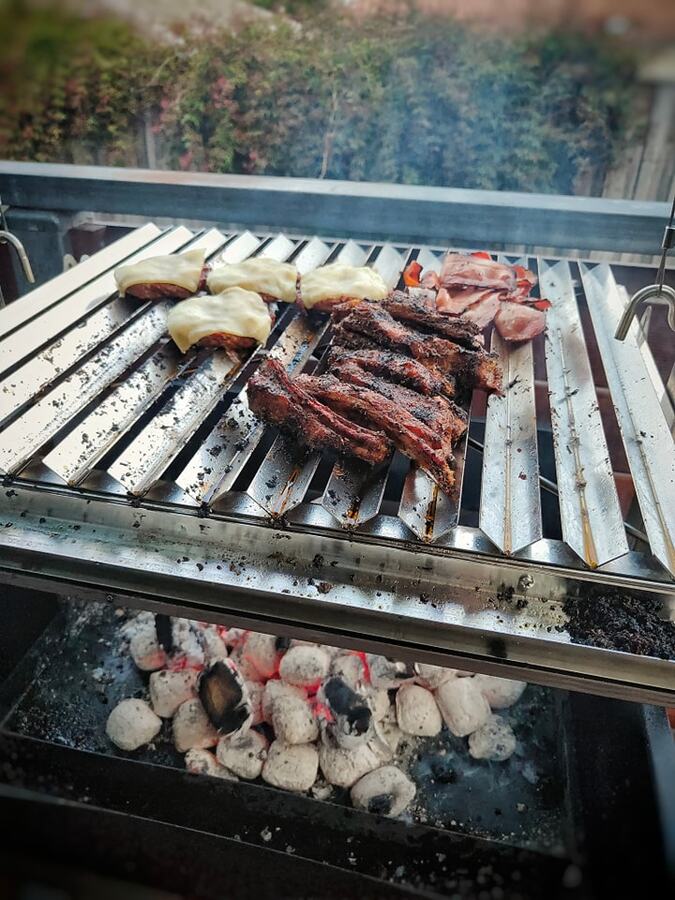
A. Grill
Parrilla-style BBQs are traditionally cooked on a large, open-flame grill that's made of metal. They're typically rectangular or square-shaped, and the size varies depending on the number of people being served.
B. Fuel Sources
The most common fuel sources for Parrilla-style BBQs are wood and charcoal. Different types of wood can also be used to impart distinct flavours to the meats.
C. Tools and Accessories
Parrilla-style BBQs require a few essential tools and accessories, such as a spatula, tongs, and a meat thermometer.
D. Types of Wood
The type of wood used for Parrilla-style BBQs can significantly impact the flavour of the meats. Some common types of wood used include oak, mesquite, and applewood.
III. Preparing for Parrilla Style BBQs
A. Meat Selection
Parrilla Style BBQs typically feature a variety of meats, including beef, pork, chicken, and lamb. Choosing high-quality cuts of meat is essential to achieving the best results.
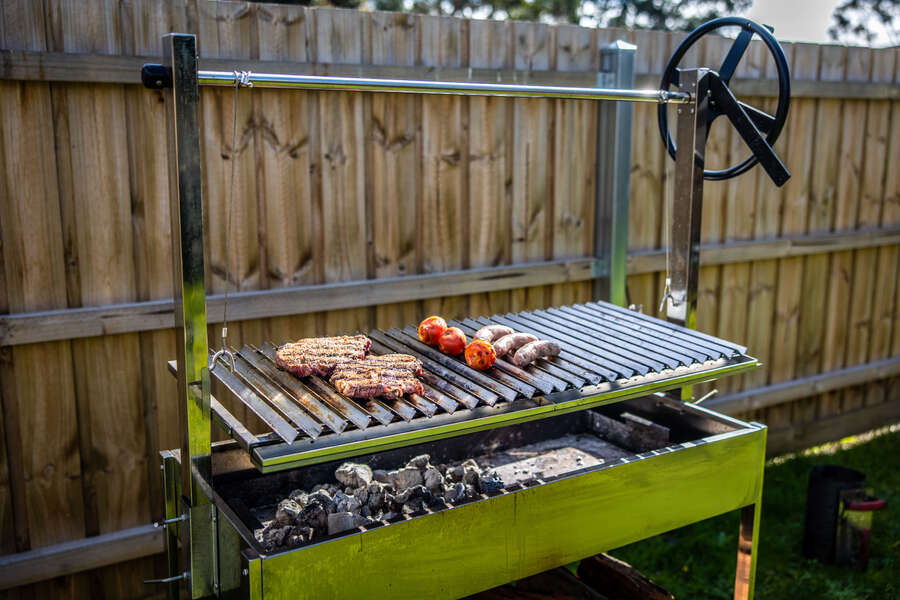
B. Marinating and Seasoning
Marinating and seasoning the meats is an important step in Parrilla-style BBQs. Popular marinades and seasonings include chimichurri, adobo, and garlic.
C. Cooking Techniques
Parrilla-style BBQs typically use two main cooking techniques: direct heat and indirect heat. Direct heat is used to sear the meats quickly, while indirect heat is used to cook them slowly over time.
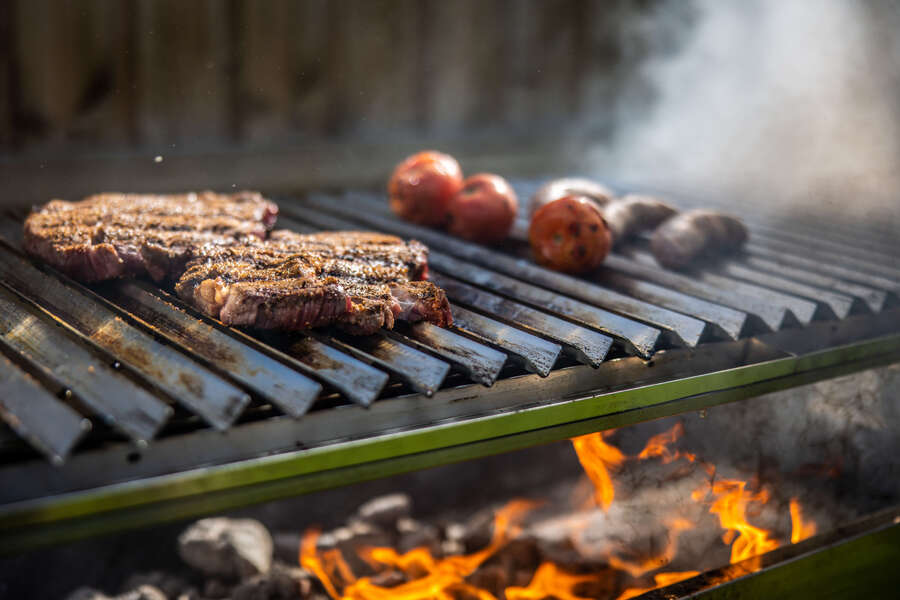
D. Side Dishes
In South America, Parrilla-style BBQs are typically served with a variety of side dishes, including salads, bread, and roasted vegetables.
IV. Cooking with Parrilla Style BBQs
A. Fire Building
To start a Parrilla-style BBQ, you'll need to build a fire using wood or charcoal. The fire should be started well in advance, to allow it to reach the right temperature and to create the necessary coals for cooking.
B. Temperature Control
Temperature control is an essential part of Parrilla Style BBQs. The grill should be hot enough to sear the meats quickly but not so hot that it burns them. Using a meat thermometer can help you monitor the temperature of the meat.
C. Cooking Methods
There are several cooking methods used in Parrilla-style BBQs, including grilling, roasting, and smoking. These methods can be used to create a variety of textures and flavours in the meats.
D. Food Safety
It's essential to practise good food safety when cooking with Parrilla-style BBQs. This includes using separate cutting boards and utensils for raw and cooked meats, washing your hands frequently, and ensuring that the meats reach a safe internal temperature before serving.
V. Popular Parrilla Style BBQ Recipes
A. Asado de Tira ( Short Ribs)
Asado de Tira is a popular cut of beef that's commonly used in Parrilla-style BBQs. The ribs are marinated in a mixture of salt, pepper, and garlic, and then grilled over hot coals until they're tender and juicy.
B. Choripan ( Grilled Sausage Sandwich)
Choripán is a classic street food in South America. It's made by grilling a spicy sausage and serving it on a crusty bread roll with chimichurri sauce.
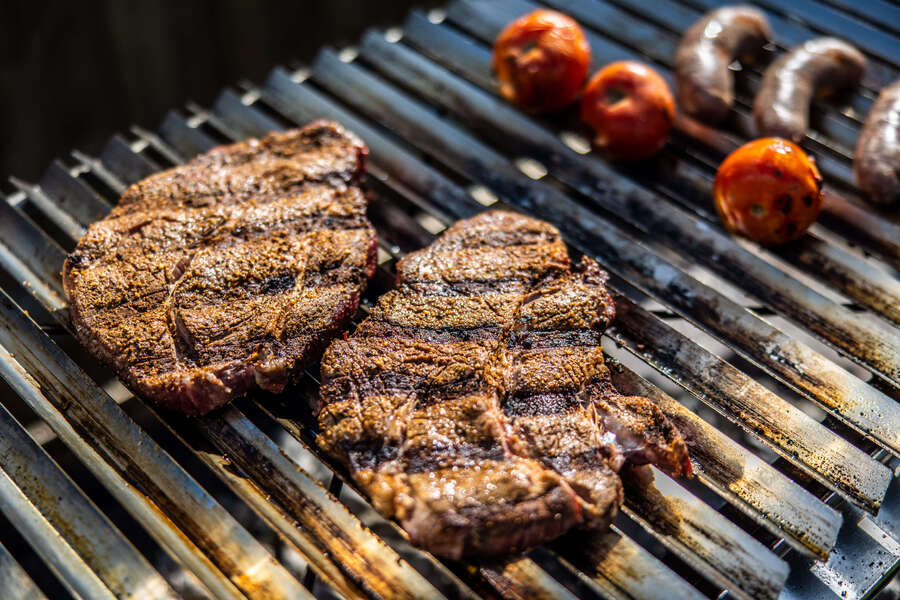
C. Vacio (Flank Steak)
Vacío is a flavorful cut of beef that's commonly used in Parrilla-style BBQs. The steak is marinated in a mixture of garlic, parsley, and red wine, and then grilled over hot coals until it's tender and juicy.
D. Morcilla (Blood Sausage)
Morcilla is a type of blood sausage that's commonly served in Parrilla-style BBQs. It's made by combining pig's blood with rice, onions, and spices, and then stuffing it into sausage casings.
VI. Parrilla-Style BBQs Around the World
A. Argentina
Argentina is known for its Parrilla-style BBQs, which are often served with chimichurri sauce and a variety of side dishes.
B. Urugay
Uruguay is famous for its Chivito sandwich, which is made with grilled beef, cheese, and other toppings.
C. Brazil
Brazilian Parrilla-style BBQs are known as Churrasco and are typically served with a variety of meats, including chicken, beef, and pork.
D. United States
In the United States, Parrilla-style BBQs are gaining popularity, especially in areas with large South American communities.
VII. Conclusion
A. Summary of Key Points
Parrilla Style BBQs are a unique and flavorful way to cook meats, originating from South America. They're known for their large, open-flame grills, diverse cuts of meats, and distinct flavours.
B. Final Thoughts
If you're looking for a new way to grill, Parrilla-style BBQs are worth trying. With their rich cultural history and delicious flavours, they're a great way to bring people together and enjoy some delicious food.
Check out our range of Parrilla BBQs
Check out our Recipe Blogs
.png)
by: Michael Wilkie

